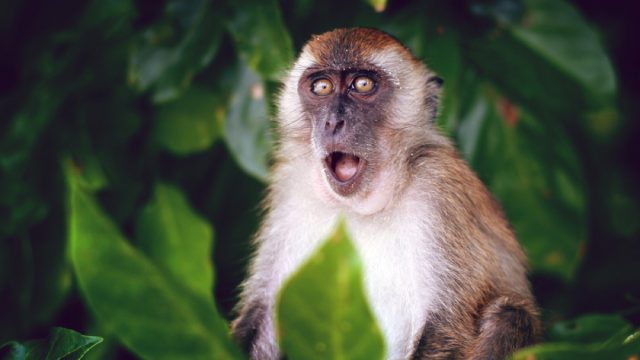
Pictures of adorable animals on social media have captured our attention time and time again. But did you know that there are a bunch of new strange and fascinating facts about these cuddly creatures that you may not be aware of?
We’ve compiled a small list of mind-blowing facts about these creatures.
1. Elephants have a zombie gene that protects them against cancer.
Elephants have additional copies of two cancer-resisting and fighting genes – P53, according to studies. These genes look for cells with miscopied DNA and kill them before they can turn into tumors.
They are responsible for elephants’ low cancer mortality rate of 5%, compared to humans’ death rate of 25%. [Sources: 1, 2]
2. Tigers are one of the world’s most unforgiving creatures. There have been many occasions when they have shown that they can and will exact vengeance on those who have mistreated them.
The most well-known tiger vengeance tale is that of Vladimir Markov, a Russian poacher who injured a tiger and took part of its prey in the winter of 1997.
The angry tiger tracked out the poacher’s hut, destroyed his possessions, waited for him to return for at least half a day, then killed and ate him. [Source]
3. Sea wolves are a rare gray wold subspecies that eat seafood only and live off the ocean. They can swim for hours as well.
Wolves are among the most adaptive and hardy creatures on the planet. They’ve traveled a long way from being hunted, to being classified as endangered, to being delisted, to now being relisted.
Scientists, governments, and people have studied these animals’ lives and environments extensively, yet they continue to amaze us. Did you know, for example, that there is a wolf species that exclusively eats seafood and lives near the ocean?
Sea wolves are a unique kind of wolf that lives along the Pacific Coast of British Columbia. They are excellent swimmers according to their particular adaption, and they can easily travel between coastal islands.
They live off the ocean and hunt fish and other foods. [Sources:1, 2, 3, 4]
4. Ducklings adopt the traits of the first creature they encounter. If they encounter a person for the first time, their natural inclination is to follow them, and they will grow up believing they are human.
Ducks may not seem to be intelligent, but they are. For a long time, researchers have been intrigued by their capacity to “imprint” an animal or a person.
We’ve all seen photos of ducklings following their mother over a road and into a pond. They don’t need much instruction to mimic their mother’s conduct. They can think abstractly and have cognitive skills.
When the ducklings are hatched and for a short time afterward, they engage in a behavior known as “imprinting,” in which the parent’s conduct is imitated like a “metaphorical stamp.”
If a duckling is taken from its mother soon after birth, it will mimic the actions of whatever it sees. Konrad Lorenz, an Austrian scientist, coined the term “abnormal imprinting behavior,” which earned him the Nobel Prize in 1973.
Ducklings may also follow a moving non-living object, such as a moving ball. His research discovered that the ducklings mainly utilized sight to follow their mother. [Source]
